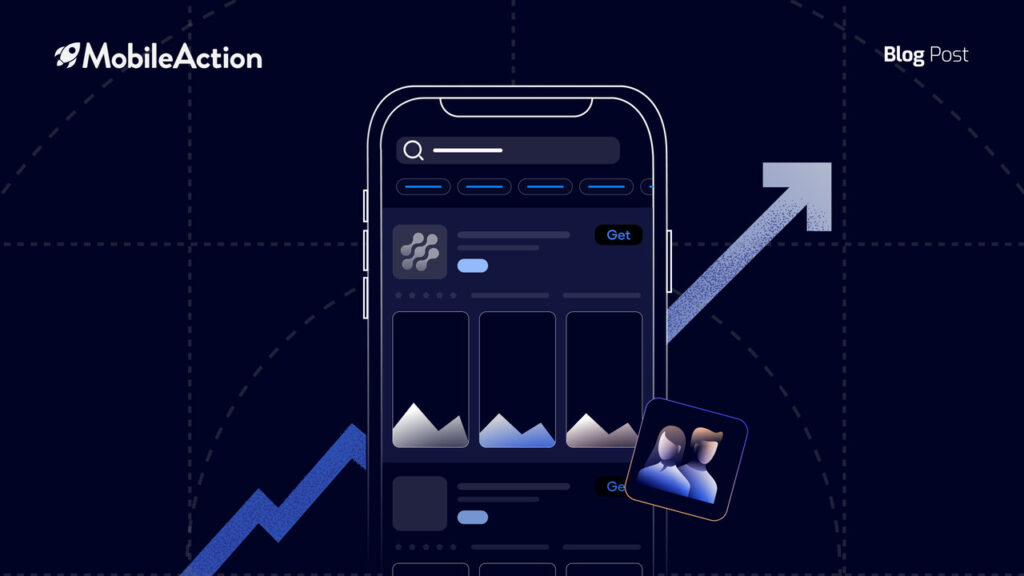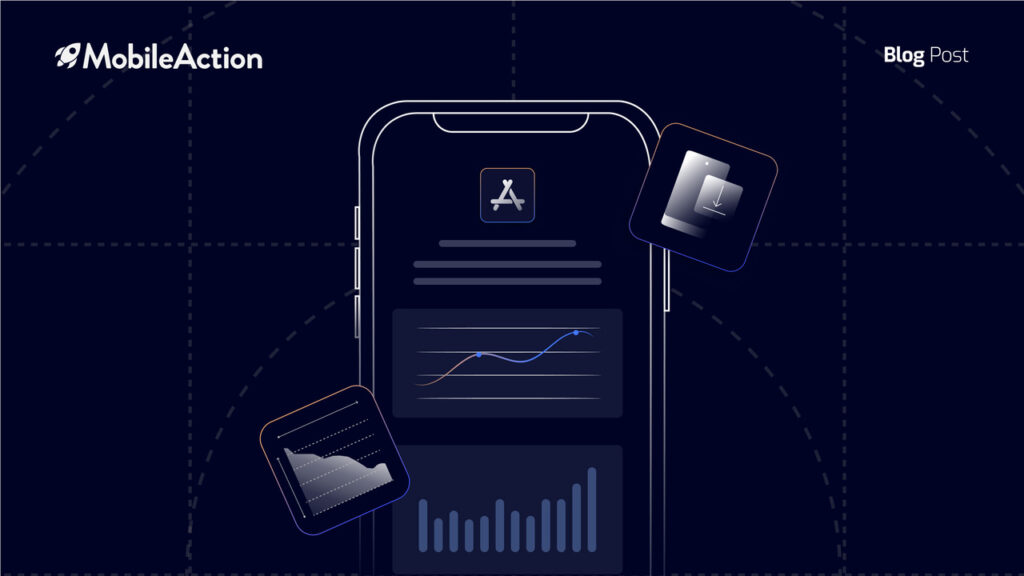We have already talked about how Apple is going to change its ASO game with iOS 15. Now, big changes are coming to the Play Store and the game of Google Play ASO is about to change.
As we all know, Google Play Store harbors a lot more apps than the Apple App Store. One of the reasons for this was the process being a little looser than Apple’s. Meaning that Google was leaving a few doors open that mobile marketers could take advantage of. Now, they are slowly closing these doors to improve app quality and the overall user experience.
Because Google announced earlier this year that there will be some changes in the Google Play Store in the second half of 2021. So what are these major changes? Well, let’s go over them and discuss how you can get prepared.
Google is planning to improve user experience by bringing some new rules about your app titles, icons, descriptions, screenshots, and video previews. Therefore, it will be beneficial for us to master these changes as the time is closing in.
New App Metadata: Improving User Experience
As you know, Google was allowing 50 characters in your app title while Apple allowed 30, and now, Google will set the limit to 30 characters, too. So, say goodbye to your extra 20 characters in your app title.
For sure, it was helpful for Google Play App Store Optimization as this extra space allowed app marketers to target more keywords. You were using that extra space to add some keywords to improve your organic rankings in the store.
However, it was too long when you look from the users’ point of view. And also, you can forget about the keywords that indicate performance. No more, ‘the best X app’ or the ‘top Y game’.
We know these might sound like a fright but they are not bad news. When you plan your ASO marketing strategy, you should not ignore the human factor.
Even if your product gets listed on a digital shelf, your customers are still humans. Meaning that playing for the algorithm is nice but playing for the customers is still important for your success. So, these new changes have the potential to help your mobile user acquisition strategies.
Since we dispelled your apprehensions, we can now move on to the changes.
Changes on the App Metadata
Let’s first start with the don’ts list.

- The character limit in your app title is reduced to 30 from 50. So, shorten your app titles to the best of your ability.
- Performance indicator and promotion elements such as “#1 app”, “the best game”, “free” or “sale” are out. Keep in mind that you can use them neither in your icon, app title nor in developer name.
- Graphic elements in your icon that can mislead users also will not be permitted.
- Emojis, CAPITALIZED LETTERS, call-to-action words, or specialized letters will be ineligible. So make sure that you don’t use them in your app title.
Now, let’s check the do’s list.

- Keep it simple. Explain the purpose of your app in the shortest way possible.
- Take advantage of the 30 characters long app title. Use the best keywords to increase your organic traffic. Do not forget that your App Title is the strongest ranking factor.
- Your App Icons should be catchy and simple. Spend a little extra time on them and present yourself with a better image.
- Don’t use promotion words in your developer name. Your Developer name is your brand as much as your app title. Don’t sell it short. You can’t see something like “Facebook Inc: The best social Media Developer”.
With these changes, the importance of app keyword optimization goes to a new level. For this matter, you should utilize app store optimization tools to increase your efficiency.
If you are looking for a way to find better keywords now that you can use 30 characters in your App Title, our ASO Intelligence tools can help you to find new keywords, see which keywords your competitors are ranking for and track your App Store Optimization performance. In this way, you can find the best keywords, save time and begin enjoying your app’s success.
New Rules on Google Play Store Product Pages
As we said earlier, Google is planning to pull the strings a little tighter than before. In this context, they are going to evaluate your app’s screenshots, video previews, and descriptions according to new criteria. With these new criteria, your Google Play ASO and the way of promoting your app will change.
So let’s take a look at these new guidelines, shall we?
First and foremost, Google now demands that your screenshots, video previews, and descriptions showcase the real gameplay. Again, you won’t be allowed to use promotion words such as best or top. Misleading information such as inflated ratings to attract users is also a no-no.
The truth sells better than anything. So, truth is thy friend, and keep thy friend under your own marketing strategies. A suggestion by Shakespeare, use it or not, it’s up to you. However, keep in mind that Google also wants you to adjust this into your marketing strategies.
Jokes aside, Google will implement these changes to prevent false advertising, and as a result, the user experience will be enhanced.
Even though there is no official date announced, we are expecting these changes to occur before the new year. Therefore, to keep pace with these changes, you should strengthen your Google Play ASO marketing strategy.
Our intelligence tools and experts are here to provide you the knowledge you need on how to promote an app. Schedule a demo now and let’s start growing together.




